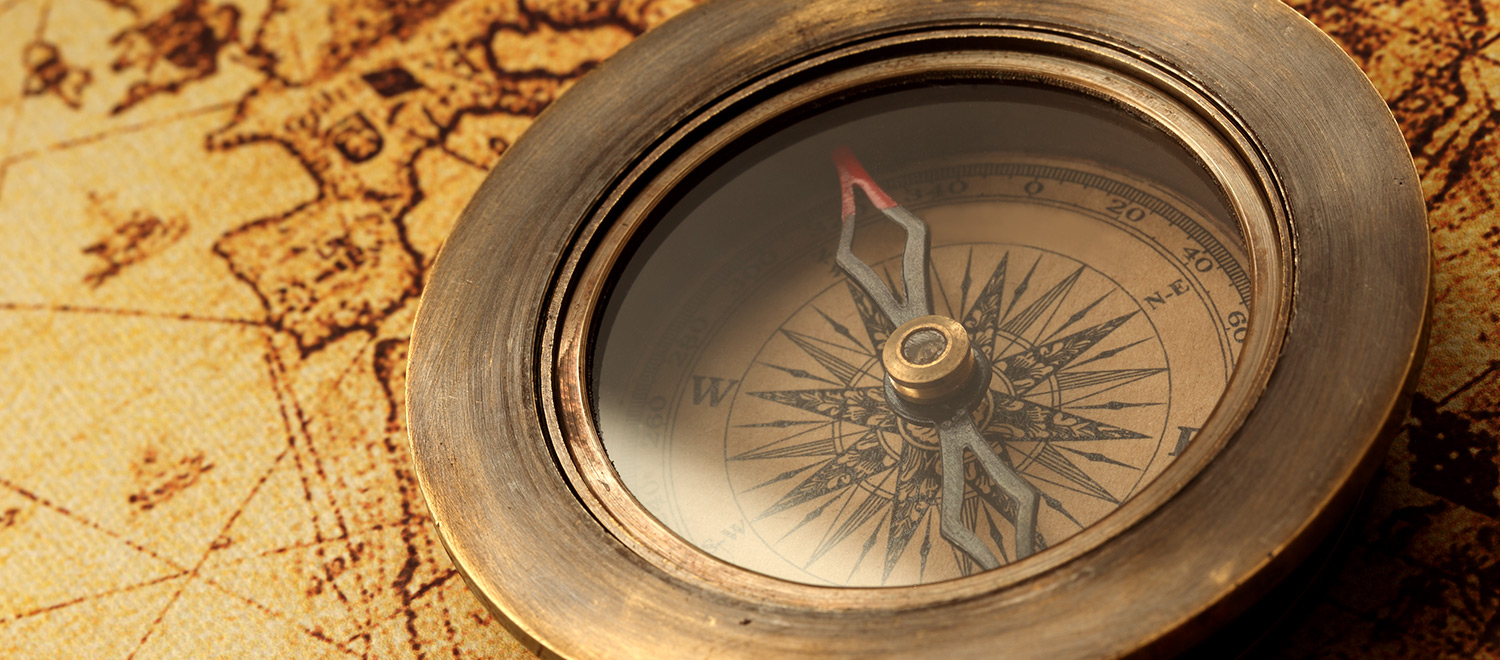When my husband and I were planning our honeymoon to Australia, we decided to spend an entire week in a small beach city called Cairns. We booked a 4-day live aboard there and dived 12 different diving sites cross the Great Barrier. We spent the rest of the week roaming around the town, eating fresh caught prawns and hiking up the rain forest. Even though we have heard great things about Melbourne and Sydney, we were quite content to immerse ourselves in Cairns.
When my mom heard about our plans, she was in shock. Having just returned from a trip with her friends in the Oceania, the 30-people tour group they were part of managed to cover 7+ cities across Australia within the same time frame. She asked in disbelief:
How could you spend the whole trip in one city? You gotta cover as many cities as possible while you are traveling!”
Travel has became one of the fastest-growing activities among Chinese today. In 2018, Chinese residents took about 149.7 million oversea trips, which is an astounding increase of 1,326% comparing to 20 years ago. According to the United Nations World Tourism Organization, Chinese tourists overseas spent $277.3B in 2018, up from around $10B in the year 2000. Collectively, America’s jetsetters only parted with a relatively paltry $144.2B. You know what’s more astonishing? Only 9% Chinese citizen currently hold passport (vs. 40% Americans do.)
So how can brands and businesses leverage their massive purchase power and growing potential? Just like any marketing exercise, it is critical to understand the 3 different types of Chinese tourists as a start.
#1. “Gotta cover it all”
A big portion of Chinese prefer to travel with tour groups. Most of these travelers are older, speak only Chinese, and prefer to sit back and let someone else do the planning. There is little pre-trip research needed, except for finding the best tour group in town. Like my mom, the quality of the tour groups is usually measured by how many activities and cities is packed into the schedule. The concept of vacation for these Chinese is the opposite from that of the Americans. Sleep in, be spontaneous and wonder around as your heart desires? Absolutely not. We are talking about getting up before the sunrise every day so the bus can take you to the next destination as early as possible. Explore the neighborhood and immerse yourself in the local culture? No way. Let’s hurry up and take some photos or buy some stuff in the souvenir shop so we can hit the road again!
#2. “We can do it!”
This is an emerging trend among Chinese Millennials. These digital natives behave very similar to Asian Americans. They are tech-savvy, lives and breathes social media, and are equipped with information to make the best decision. Although most them grew up learning English, their bilingual level vary. It is considered a bragging right to pull off a self-planned trip here in the U.S., especially as a road trip. “Self-drive road trip” package has been one of the most popular offers on Chinese travel booking sites. Unlike their older counterparts, these travelers are more attracted to local experiences. They want to find the best local flavors, even if they can’t read what’s on the menu.
#3. “Buy! Buy! Buy!”
Although representing the smallest percentage of population, the affluent Chinese are often the most prominent tourists. They travel for those limited edition collections from high-end brands. Agencies are popping up everywhere in the U.S. to connect luxury brands and shopping malls with these splurgy travelers. Their shopping tours typically feature 6-8 different stores in a day, from Balenciaga to Van Cleef and Arpels. Each brand will design a special program for the group. Have you seen those “private event” signage in some stores at South Coast Plaza? That’s exactly what this is about. Many of these travelers are also avid micro-influencers on social media. That’s why their experiences are extra critical because of its word-of-the-month values for the rest 99%
The opportunity to connect with these 3 types of Chinese travelers has only been scratched on the surface. What interesting initiatives have you seen brands do to connect with them? Don’t hesitate to share!







